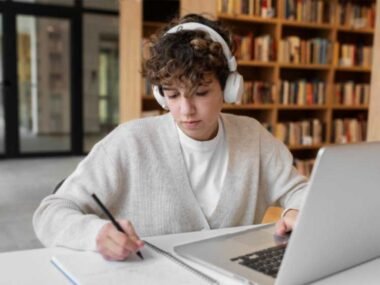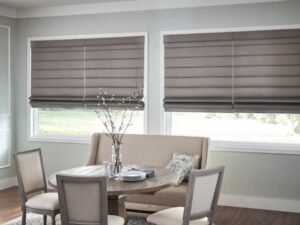Choosing the right furniture for educational institutions is a crucial decision that affects the learning environment. Comfort and functionality should go hand in hand with aesthetics and durability. The right selection of school furniture not only enhances the physical space but also significantly influences the educational experience of students and teachers alike. The process of evaluating different furniture options can be overwhelming due to the numerous factors that come into play.
Understanding the Needs of Students
The first step in selecting furniture is to assess the specific needs of students. Age, size, and learning requirements should guide the decision-making process. Younger students require smaller desks and chairs that facilitate movement, while older students benefit from ergonomic solutions that support longer periods of study. Prioritizing adjustable furniture options helps accommodate diverse body types, creating an inclusive environment.
It’s beneficial to consider the types of activities that will take place within the classroom. Will students be working in groups or individually? Will they require flexible seating arrangements? Having furniture that can adapt to various activities encourages collaborative and hands-on learning experiences.
Durability and Maintenance
School furniture must withstand daily wear and tear. Selecting durable materials is essential, as they can handle rigorous use over time. Researching specific materials used in furniture construction can provide insights into their longevity. Metal and hardwood options tend to stand the test of time better than softer materials.
Alongside durability, consider the ease of maintenance. Furniture that can be easily cleaned and repaired will save time and money in the long run. Choosing finishes that resist staining and scratches is a wise investment for any educational institution aiming to maintain a neat and inviting atmosphere.
Design and Aesthetics
While functionality should be at the forefront of furniture selection, aesthetics play a significant role in creating an engaging learning space. A well-designed classroom can stimulate creativity and motivation among students. The color scheme, shape, and design of the furniture should harmonize with the school’s educational philosophy.
Incorporating elements of natural light and outdoor views can enhance visual appeal. When selecting furniture, it may be beneficial to include pieces that can be used in outdoor classroom settings, like outdoor classroom furniture, adding variety to the learning environment and promoting flexibility in instructional methods. This versatility allows educators to adapt their teaching to different settings and activities without compromising comfort or engagement. The visual and spatial coherence of the furniture contributes to a more welcoming and inspiring atmosphere for both students and teachers.
Cost and Budget Considerations
Financial constraints are a reality for many educational institutions. Establishing a clear budget is crucial before delving into furniture options. Evaluating total cost—initial purchase, maintenance, and potential replacement—provides a comprehensive understanding of the financial commitment involved. It is often tempting to go for the lowest price, yet balancing cost with the quality and longevity of the furniture is paramount.
Seeking out vendors who offer warranties and customer support can protect the invested funds. Investing in quality furniture can lead to cost savings over time, as durable pieces require less frequent replacement, reducing long-term expenses.

Sustainability and Environmental Impact
With a growing emphasis on sustainability and environmental responsibility, opting for eco-friendly furniture can greatly benefit educational institutions. Researching products made from recycled materials or sustainably sourced wood can help schools contribute to environmental stewardship. Such choices can inspire students to become more environmentally conscious in their own lives.
Checking for certifications like Greenguard and FSC can offer peace of mind regarding the environmental impact of the selected furniture. Schools promoting sustainability often find that integrating eco-friendly furniture aligns with their mission and values.
Flexibility and Adaptability
The dynamic nature of modern education necessitates flexible furniture solutions. Classrooms today are no longer static environments; they evolve with the needs of the students and the curriculum. Investing in adaptable furniture pieces facilitates various classroom arrangements, promoting more effective learning experiences.
Furniture that can be reconfigured or moved easily allows for collaborative projects, independent study, or small group discussions. This flexibility ensures that educators can tailor learning environments to best suit their teaching styles, optimizing student engagement. Lightweight, mobile furniture also reduces the transition time between activities, keeping students focused and learning uninterrupted. As educational models continue to shift toward more personalized and active learning, adaptable furniture becomes a key component in supporting these evolving approaches.
Selecting the right school furniture involves careful consideration of various factors, including student needs, durability, aesthetics, budget, sustainability, flexibility, technology integration, and collaboration with educators. Each aspect plays a crucial role in creating a conducive learning environment that fosters educational growth and engagement. By prioritizing these key factors, schools can create dynamic spaces that inspire students and support effective teaching practices.










